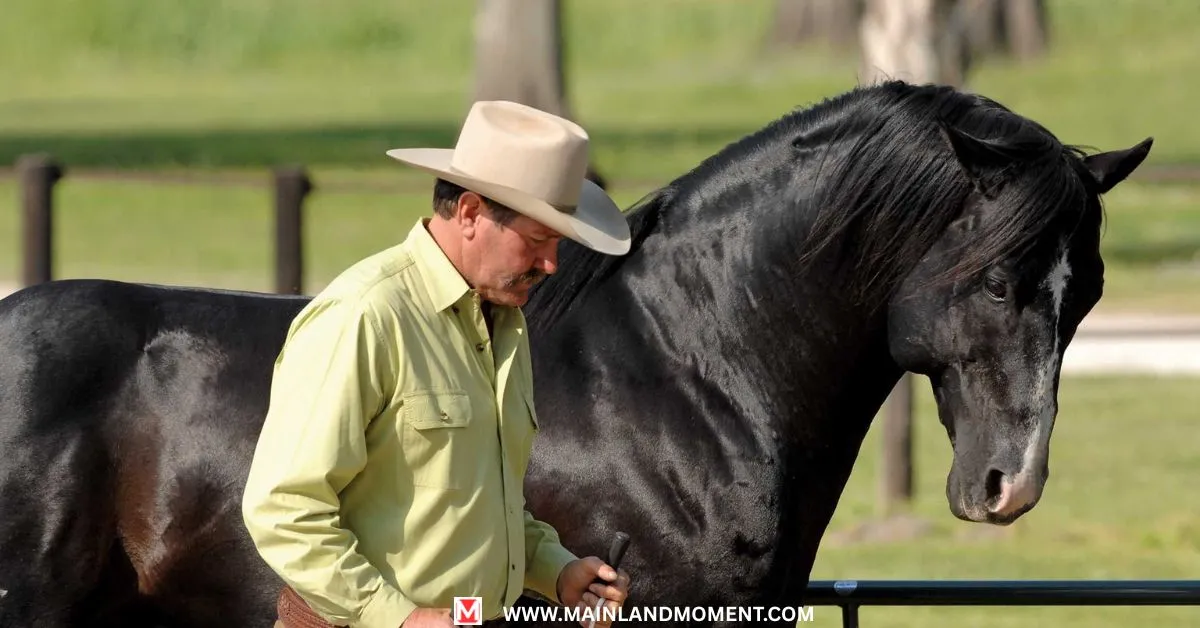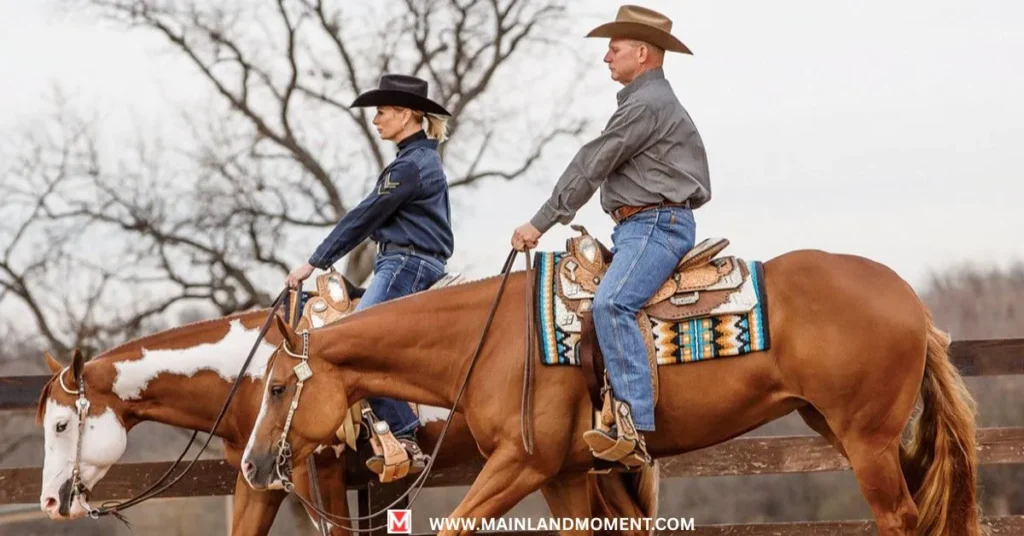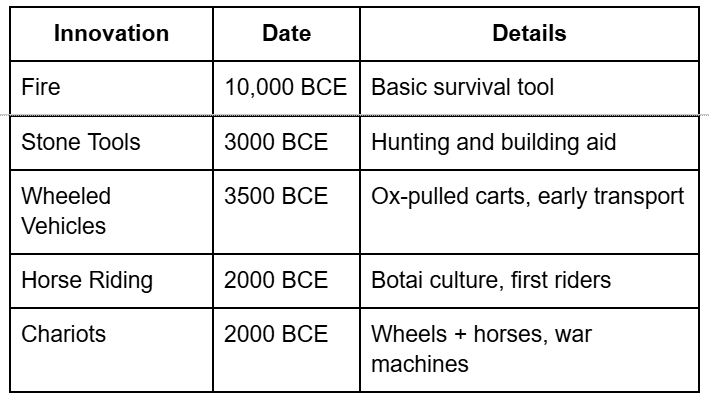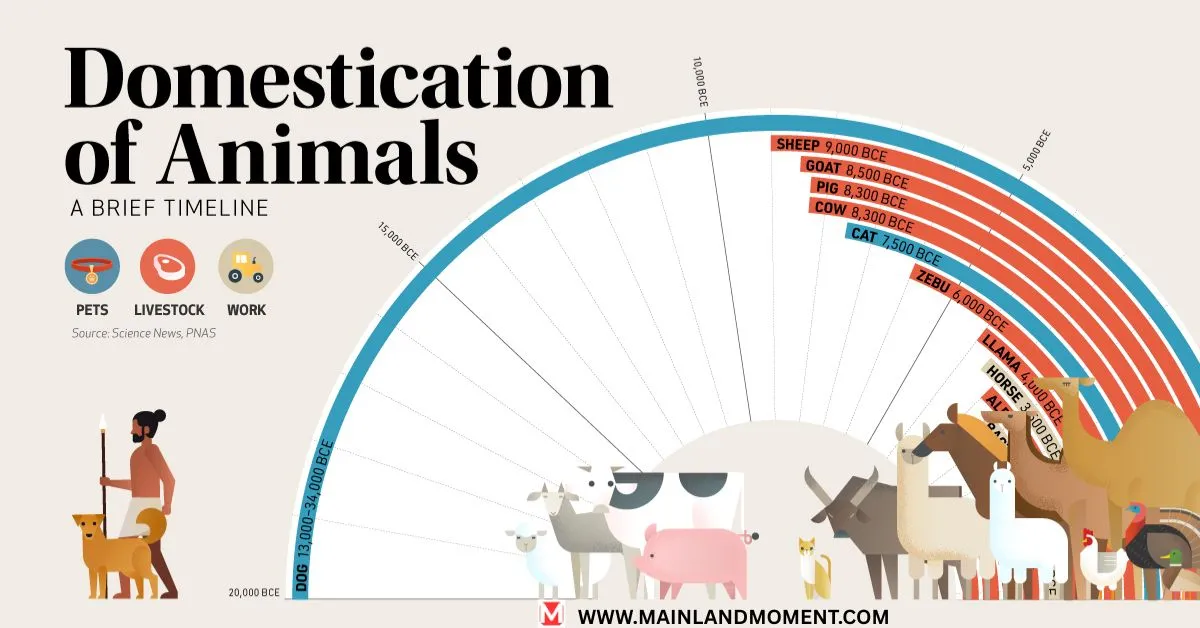Technologies Precede Horsemanship for Progress

Did the wheel roll into history before humans climbed onto equine mounts? It is a question that sparks curiosity about how we moved from place to place in ancient times. Long before domesticated horses galloped across the plains, humans were busy inventing tools and machines to boost their transport capabilities.
This blog post dives deep into the fascinating story of how prehistoric technology, like wheeled vehicles, outpaced horsemanship by centuries. We’ll explore artifacts, scientific discoveries, and the synergy that eventually blended wheels and horses into game-changing innovations. Ready to travel back in time? Let’s roll.
Which of the Following Technologies Precedes Horsemanship

A dusty trail thousands of years ago, where humans hauled goods without a horse in sight. When we talk about technologies preceding horsemanship, we’re not thinking smartphones or rockets. Instead, it’s the simple stuff fire, stone tools, and, yes, the wheel. These mobility solutions shaped human life long before anyone dreamed of taming wild horses into domesticated horses.
So, what’s the lineup? The wheel, a cornerstone of wheeled transport, spins into the story around 3500 BCE. Meanwhile, equestrian applications like riding didn’t kick off until about 2000 BCE. That’s a gap of over a millennium! To understand this, we’ll sift through archaeological clues and scientific insights. For example, ancient pots and buried carts reveal a world where transportation systems relied on ingenuity not horsepower.
Here’s a quick teaser of what’s ahead:
- Wheels rolled out first, pulled by draft animals like oxen.
- Horses stayed wild while humans mastered early engineering.
- Eventually, the two teamed up, but not before wheels claimed the lead.
Let’s dig into the evidence, starting with some ancient artifacts that point to a wheeled world.
Pivotal Early Artifacts Point to Wheeled Origins
Imagine a rickety wooden wheel creaking along 5,500 years ago. That’s no fantasy it is history. The oldest hint of wheeled vehicles comes from the Bronocice pot, unearthed in Poland and dated to around 3500 BCE. This clay vessel sports etched lines that look suspiciously like a cart with wheels. No horses here just pure prehistoric technology at work.
Fast forward a bit to Mesopotamia, around 3000 BCE. There, archaeologists found evidence of solid wooden wheels on carts hauled by oxen classic draft animals. These weren’t fancy spoked wheels yet; those came later, around 2000 BCE. But even these basic designs revolutionized transport capabilities. Farmers could move grain, traders could haul goods, and villages could grow all without equine mounts.
Key Artifacts That Prove Wheels Came First
- Bronocice Pot (3500 BCE): Earliest wheel sketch, Poland.
- Mesopotamian Carts (3000 BCE): Ox-pulled wagons, solid wheels.
- Ur Standard (2500 BCE): A mosaic showing wheeled carts in action.
Why does this matter? Because wheeled transport gave humans a head start.A farmer lugging a harvest on a cart while horses still roamed free. Wheels didn’t need taming they just needed building. This edge in mobility solutions set the stage for everything that followed. However, wheels were just one piece of the puzzle. Let’s rewind even further.
Precedes Horsemanship

What came first: a cart or a rider? Spoiler alert it is the cart. Before equestrian applications like riding took off, humans leaned on prehistoric technology to get by. Fire warmed caves by 10,000 BCE. Stone tools carved meat by 3000 BCE. And wheeled vehicles? They hit the scene around 3500 BCE way before anyone saddled up.
The wheel rolls in at 3500 BCE, while the earliest signs of mounted mobility actual horse riding do not appear until 2000 BCE with the Botai culture in Kazakhstan. That’s a 1,500-year gap! Even chariots, those flashy combos of wheels and horses, didn’t show up until around 2000 BCE. So, technological descendants like carts and wagons ruled the road first.
Think of it like a tree. Prehistoric technology forms the roots deep, sturdy, and ancient. Horsemanship? That’s a branch sprouting later, building on what came before. Here’s a breakdown:
Timeline of Tech vs. Horsemanship

The takeaway? Wheeled transport and other mobility solutions didn’t wait for domesticated horses. They rolled ahead, powered by human grit and draft animals like oxen and donkeys. Speaking of horses, when did we finally tame them?
Scientific Insights into Horses’ Early Domestication

DNA doesn’t lie horses weren’t our pals until much later than you might think. The story of early domestication starts with the Botai culture in Kazakhstan, around 3500 BCE. These folks milked horses and ate them, but riding? Not yet. Scientists found horse milk residue in Botai pots, proving human-animal interaction. Still, no saddles or bridles just wild horses on the menu.
Fast forward to 2000 BCE. That’s when mounted mobility kicks in. A 2018 study in Nature used horse DNA to show riding spread across Eurasia around this time. Compare that to wheeled vehicles, already zipping around by 3000 BCE. Horses grazed beside humans for centuries before we turned them into equine mounts.
Facts About Horse Domestication
- Botai Culture (3500 BCE): Milked horses, no riding evidence.
- Riding Spread (2000 BCE): DNA shows equestrian movement begins.
- Wheel Lead: Wheeled carts beat riding by 1,000+ years.
Early horses were small, about pony-sized, and built for endurance, not speed. Taming them into trained horses took time selective breeding over generations. Meanwhile, wheeled transport didn’t need patience; it just needed wood and muscle from draft animals. Science backs this up: wheels were the MVPs of ancient transportation systems long before horses joined the team. So, when did they finally team up?
Leveraging Wheels and Horses Synergistically
Chariots changed everything wheels and horses finally hitched a ride together. Around 2000 BCE, the Sintashta culture in Russia rolled out the first light chariots. These rigs had spoked wheels fancy upgrades from solid slabs and were pulled by domesticated horses. Suddenly, transport capabilities got a turbo boost.
Warriors zipping across battlefields, traders racing goods over steppes. Egypt’s chariot armies, peaking around 1500 BCE, crushed enemies with this combo. The secret? Spoked wheels cut weight, while horses added speed. It’s like upgrading from a clunky wagon to a sleek sports car.
Case Study: The Sintashta Chariot
- When: 2000 BCE
- Where: Southern Urals, Russia
- What: Buried chariots with horse remains earliest wheel-horse duo.
- Impact: Sparked mounted transport and warfare across Eurasia.
This synergy birthed technological descendants like carriages and cavalry. Wheels laid the groundwork. Without wheeled transport paving the way, horses might’ve stayed sidelined. Think of wheels as the spark and horses as the flame together, they lit up history.
Frequently Asked Question
Did wheels exist before horses were domesticated?
Yes! Wheeled vehicles rolled in around 3500 BCE, while early domestication of horses for riding didn’t start until 2000 BCE. That’s a solid 1,500-year lead.
What’s the oldest evidence of horsemanship?
The Botai culture milked horses by 3500 BCE, but riding? That’s 2000 BCE, when equestrian mounts took off, per DNA evidence.
Why did wheels matter more early on?
Simple they moved heavy loads with draft animals like oxen. Horses weren’t tamed for work yet, so wheeled transport ruled.
When did chariots appear?
Around 2000 BCE. These mobility solutions mashed up wheels and trained horses into a powerhouse duo.
Conclusion
So, wheels spun circles around horsemanship literally. The timeline’s clear: wheeled vehicles hit the scene by 3500 BCE, domesticated horses for riding lagged until 2000 BCE, and chariots tied it all together around the same time. Prehistoric technology gave humans a head start, boosting transport capabilities with carts and draft animals long before equestrian applications galloped in.






